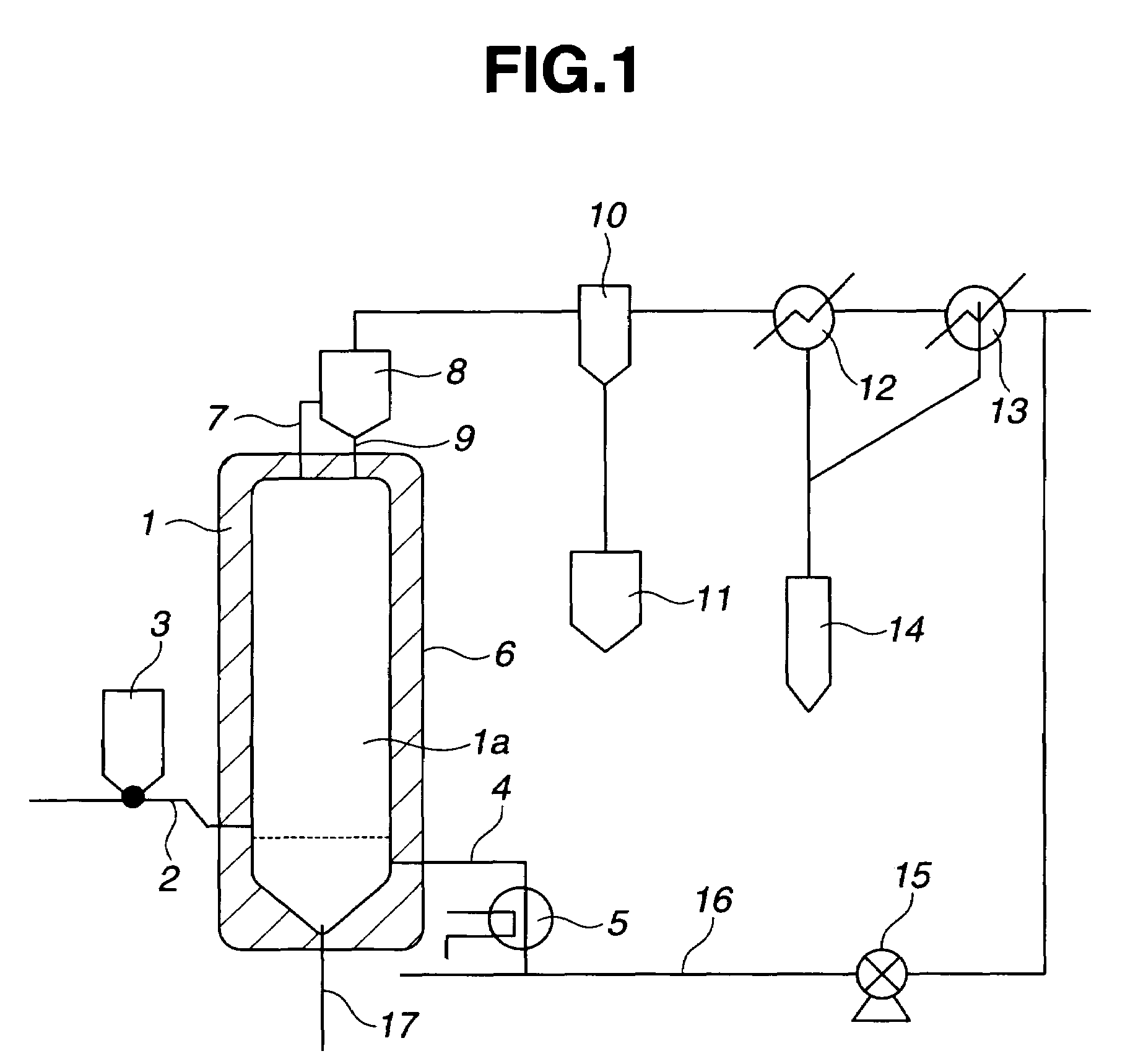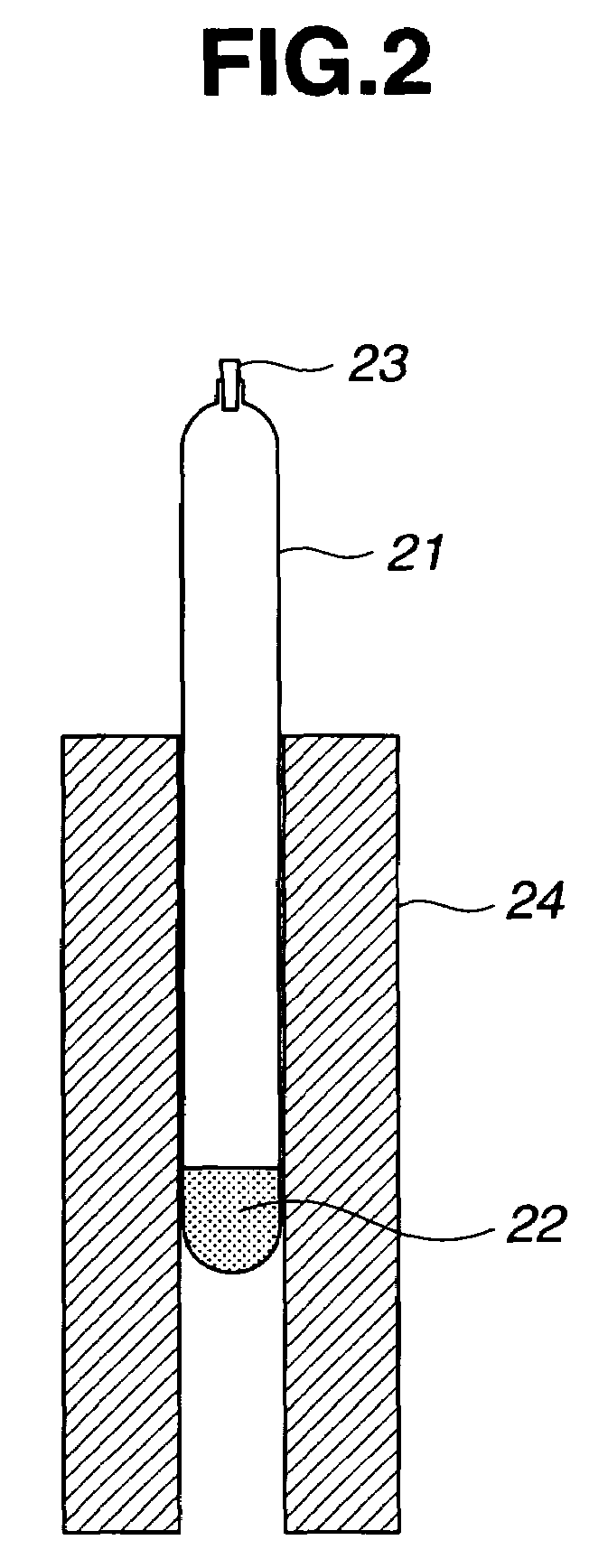Making of contact mass for organohalosilane preparation and preparation of organohalosilanes
a technology of organohalosilane and contact mass, which is applied in the direction of physical/chemical process catalysts, silicon compounds, metal/metal-oxide/metal-hydroxide catalysts, etc., can solve problems such as scale-up manufacturing problems, and achieve low t/d ratio, high reaction rate, and good oxidation resistan
- Summary
- Abstract
- Description
- Claims
- Application Information
AI Technical Summary
Benefits of technology
Problems solved by technology
Method used
Image
Examples
example 1
[0037]Chemical grade metallic silicon powder having an average particle size of 50 μm (by Simcoa, low aluminum grade: Al 0.05%, Fe 0.23%, Ca 0.02%), 100 g, was weighed and placed in a polyethylene bag, to which was added 5 g of previously finely divided stannous chloride having an average particle size of 20 μm. The contents were thoroughly mixed. The tin-silicon precursor thus obtained was placed in a half-cut quartz boat having an outer diameter of 75 mm, which was closed with a quartz boat of the same size. The assembly was placed in a quartz tube having an inner diameter of about 80 mm, through which nitrogen gas was flowed for purging the interior with nitrogen. Thereafter, the quartz tube was heated to 500° C. and held for about 2 hours for reaction, obtaining a contact mass. In the course of heating, the occurrence of reducing reaction of the tin compound was confirmed by the formation of tetrachlorosilane. Table 1 shows the results of analysis on the tin-silicon precursor an...
example 2
[0043]Chemical grade metallic silicon powder having an average particle size of 50 μm (by Simcoa, low aluminum grade: Al 0.05%, Fe 0.23%, Ca 0.02%), 100 parts, was weighed and placed in a polyethylene bag, to which was added 12 parts of previously finely divided stannous chloride having an average particle size of 20 μm. The contents were thoroughly mixed. The tin-silicon precursor thus obtained was placed in a half-cut quartz boat having an outer diameter of 75 mm, which was closed with a quartz boat of the same size. The assembly was placed in a quartz tube having an inner diameter of about 80 mm, through which nitrogen gas was flowed for purging the interior with nitrogen. Thereafter, the quartz tube was heated to 500° C. and held for about 2 hours for reaction, obtaining a contact mass. In the course of heating, the occurrence of reducing reaction of the tin compound was confirmed by the formation of tetrachlorosilane. The resulting contact mass had a tin concentration of 7.0%.
[...
PUM
| Property | Measurement | Unit |
|---|---|---|
| temperature | aaaaa | aaaaa |
| particle size | aaaaa | aaaaa |
| particle size | aaaaa | aaaaa |
Abstract
Description
Claims
Application Information
 Login to View More
Login to View More - R&D
- Intellectual Property
- Life Sciences
- Materials
- Tech Scout
- Unparalleled Data Quality
- Higher Quality Content
- 60% Fewer Hallucinations
Browse by: Latest US Patents, China's latest patents, Technical Efficacy Thesaurus, Application Domain, Technology Topic, Popular Technical Reports.
© 2025 PatSnap. All rights reserved.Legal|Privacy policy|Modern Slavery Act Transparency Statement|Sitemap|About US| Contact US: help@patsnap.com


